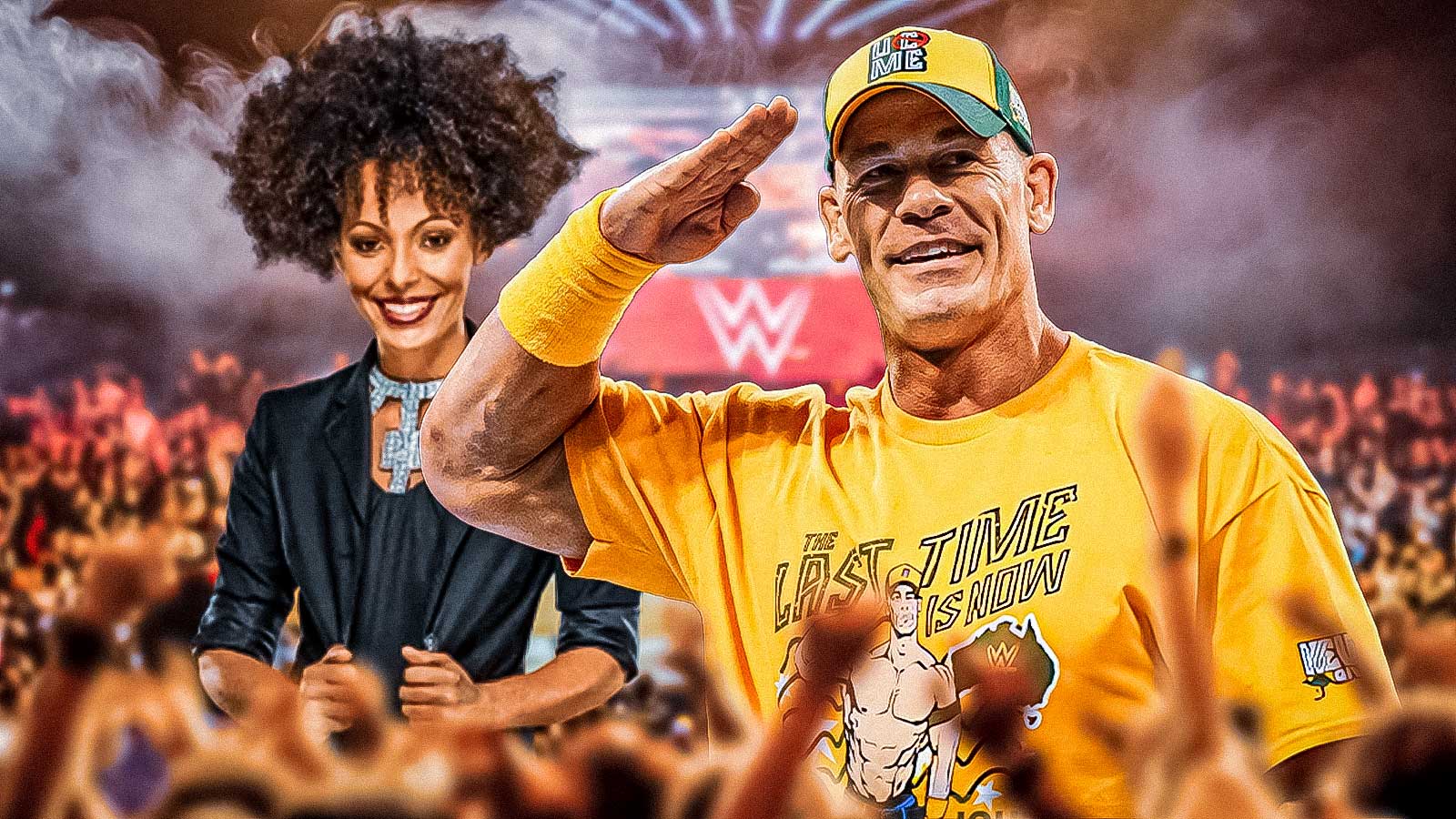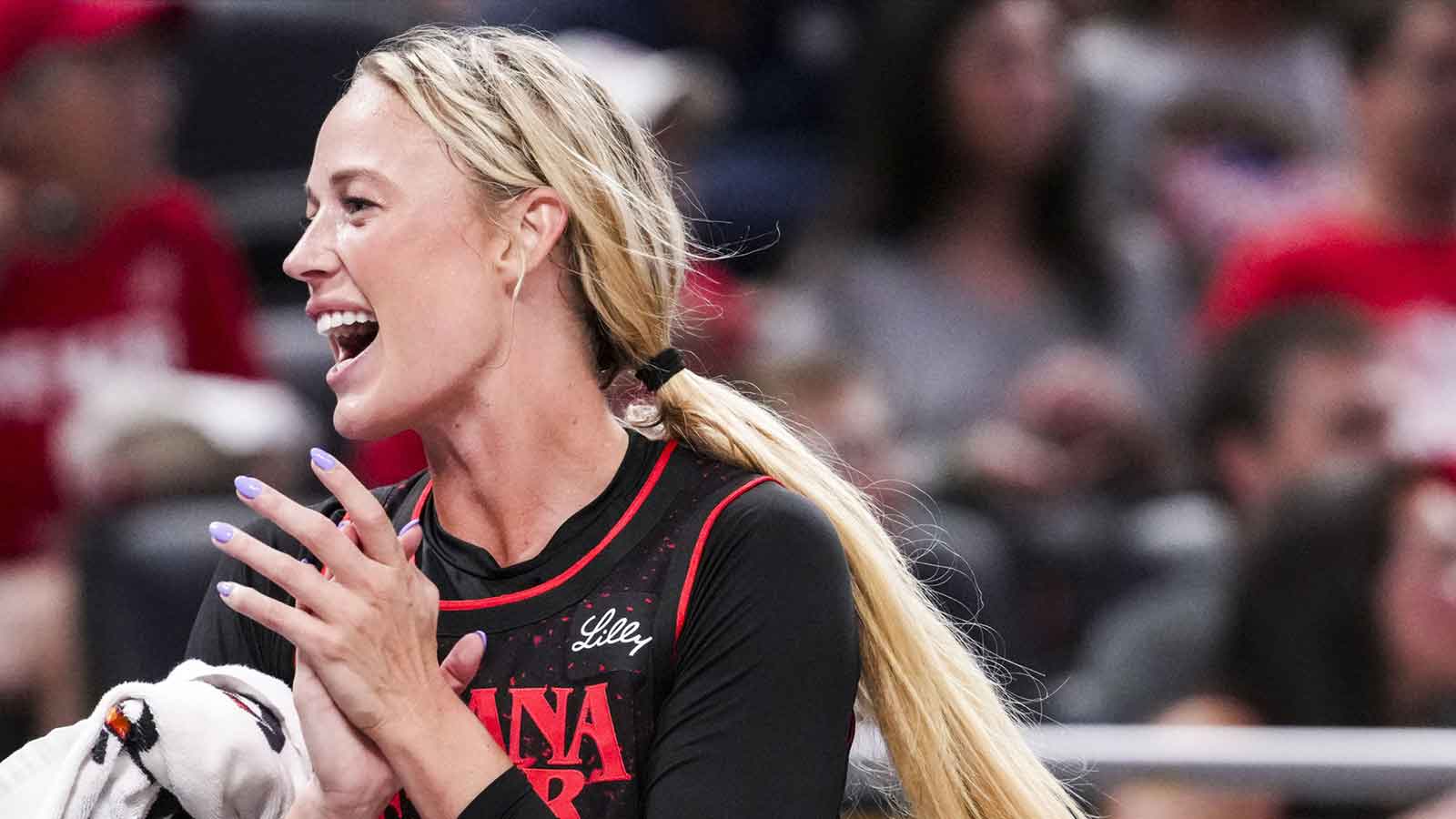The NFL lost one of its most recognizable team owners this past spring when Indianapolis Colts chairman and CEO Jim Irsay passed away at 65. While Irsay often spoke about confronting his battles with substance abuse, new reporting suggests the struggle had quietly returned in his final years, On3 reports.
According to Sam Fortier of The Washington Post, Irsay relapsed before his death, relying on both opioids and ketamine under the supervision of California-based doctor Harry Haroutunian, who has been described as an addiction specialist. The investigation revealed that Irsay was receiving between 10 and 14 ketamine injections per day. For perspective, Matthew Perry, who also dealt with substance struggles, reportedly took six to eight daily injections before his death.
The doses raised immediate concerns for Irsay, who had a heart condition known as atrial fibrillation. Despite those risks, he continued his treatments until his passing in May 2025. Reports also claim he overdosed three separate times between 2020 and his death.
A complicated legacy
Irsay’s public persona was one of openness about mental health and addiction. He launched the “Kicking the Stigma” campaign to fight shame around those issues, often telling his own story as proof that recovery could be possible. Yet privately, he battled a return to the habits that had once landed him in rehab after a 2014 arrest for DUI and drug possession. TMZ also reported that in late 2023, Irsay required Narcan after another health emergency.
The contrast between his advocacy and his hidden relapse paints a complicated picture of a man who carried both triumph and turmoil. Since joining the Colts in 1984, then becoming owner in 1997, Irsay guided the team to a Super Bowl victory and remained one of the NFL’s more outspoken figures. Following his passing, the Colts inducted him into their Ring of Honor, ensuring his imprint on the franchise will last long after the controversies.
Even in death, Jim Irsay’s story forces the sports world to grapple with addiction’s reach. His influence on the Colts and the league was undeniable, but so was the toll of a disease he never fully escaped.



















